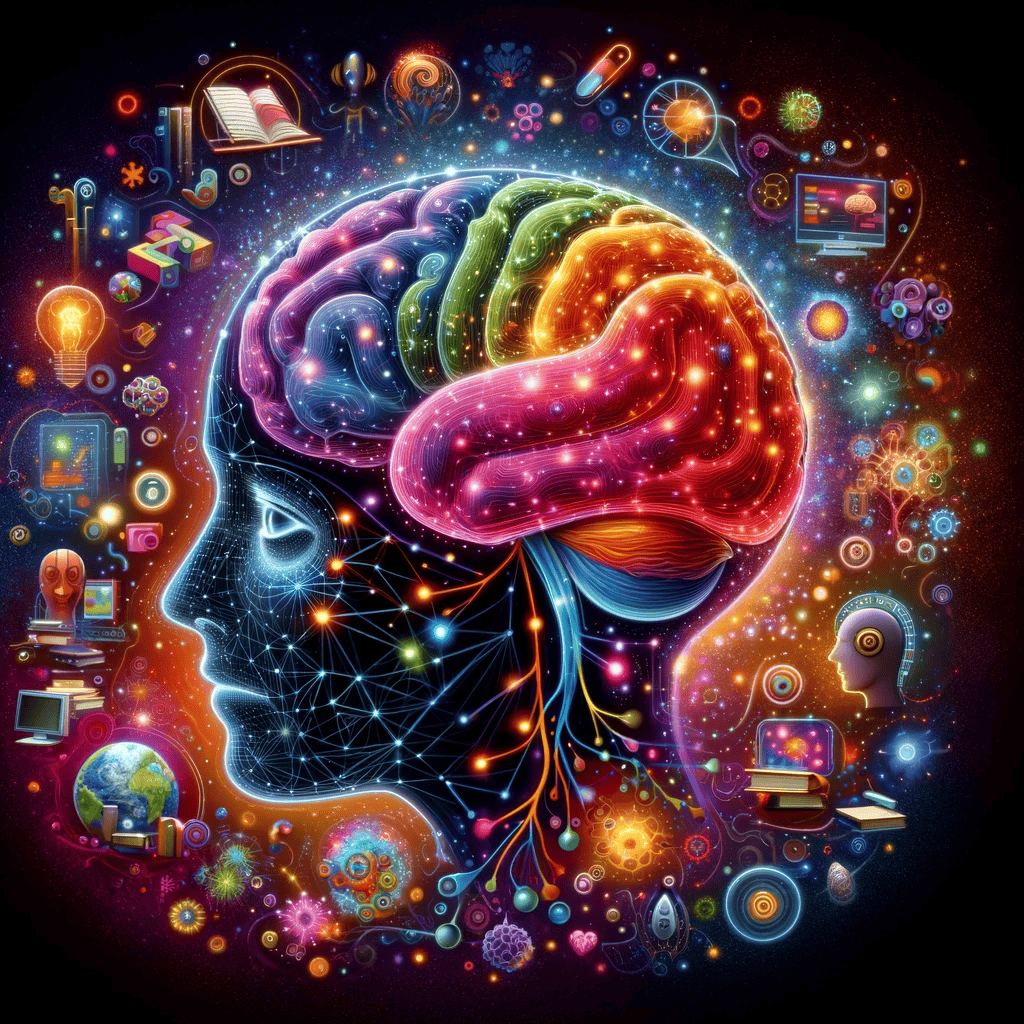The Science of Learning
Learning isn't just about sitting in a classroom or reading a book or watching a video. It's a complex process that involves various areas of your brain, intricate neural pathways, and a dance between different types of memory. Understanding the underlying mechanisms can empower you to harness your learning potential.

The Brain and Learning
Neuroplasticity
Your brain is not static; it's dynamic and constantly changing. Every time you learn something new, your brain forms or strengthens pathways known as neural connections. This ability is called neuroplasticity.
Multiple Regions at Work
Learning is a whole-brain activity. The hippocampus is crucial for forming new memories, the frontal lobes handle problem-solving and decision-making, and the cerebellum fine-tunes motor skills, to name a few areas involved.
Emotions and Learning
Your emotional state can significantly affect your ability to learn. The amygdala, which processes emotions, interacts closely with the hippocampus to solidify memories. Positive emotions can enhance learning, while stress and anxiety can impede it.
The Role of Attention
For learning to occur, attention is key. The reticular activating system helps filter out unnecessary noise, allowing you to focus on what's important. Without attention, information may never reach long-term memory.
Memory and Retention
Types of Memory
Memory isn't a single entity but a system of different types, each with a role in learning:
- Sensory memory holds information for a split second to allow it to be processed.
- Short-term memory (or working memory) temporarily stores and manipulates information for cognitive tasks.
- Long-term memory is where information is stored more permanently for recall later.
The Forgetting Curve
We tend to forget information over time if we don't use or review it. This decline in memory retention is known as the forgetting curve, and it can be steep. Regular review and application of knowledge can help combat this natural tendency to forget.
Mnemonics and Other Techniques
Strategies like mnemonics, chunking, and the method of loci can improve retention. They work by encoding information in a way that makes it much easier to retrieve.
Practice and Repetition
Spaced repetition, practicing recalling information over increasing intervals, is a powerful way to strengthen memory. It leverages the concept of 'desirable difficulty', where making the brain work to recall information improves long-term retention.
Summary
This chapter sets the stage for understanding how learning works at a fundamental level, providing the foundation upon which the rest of the learning strategies in the handbook will be built.